Setting up an ecommerce store is an increasingly popular way of making money online.
If you’re interested in getting into the action and setting up your own ecommerce store, you might not know where to begin.
If that sounds like you – take a breath and relax.
In this post, we’re going to examine the steps that you need to go through, in order to set up a profitable ecommerce store.
We’ll go through how you can actually set up an ecommerce store, but also the strategies you can use to generate sales.
By the end of this post, you’ll have a blueprint that you can use to set up your very own profitable ecommerce store.
Let’s begin!
Deciding what you’re going to be selling
You don’t have an ecommerce store if you don’t have anything to sell.
So, before you do anything else, you must first decide what you’re going to be selling.
There are two ways you can approach this challenge.
- You can create something that ‘scratches your own itch.’
- You can take something that already exists and make something better, while also doing a better job of marketing it.
In this post, we’re going to focus on option two, which involves creating something better, while also marketing it better.
This option can be simpler for newbies, because you’re taking a lot of the risk out of the situation.
After all, you don’t need to do as much market research, because you already have proof that an existing product is already succeeding.
Let’s go through the process, then, of finding a product.
The niche you choose is going to depend on what you’re familiar with.
Ideally, you want to sell something in a niche you have familiarity with, as you’ll be better able to connect with the market you’re trying to sell to.
This is important, because you’re going to be writing copy. If you want your copy to be good, it needs to connect with your target audience.
Let’s say I’m looking to start an ecommerce business dedicated to selling premium ($20+) paper notebooks.
First, I need to take a look at what is already selling.
And, I can do that by taking a look at Amazon – the king of all ecommerce stores.
If I type in ‘notebooks,’ I’m presented with the following products. I set the price range between $25-$50, so that I can narrow down the category. I’ve also sorted the page by ‘Avg. customer review.’
I now need to browse this page and see if there are any products that look interesting.
From the screenshot above, I can see that there is a ‘Whiteboard Notebook,’ that might be worth taking a look at.
Here are some other ideas that might be worth investigating.
From what I can see, the top notebooks have high quality covers and thick paper inside of them. On top of that, they also seem to follow a certain theme.
For example, here is the description for one of the notebooks that I found.
So, we have some inspiration, in terms of where we could take this.
Now we need to find out how we could source such a product.
Sourcing Products
For many people in the ecommerce space, the best way to source products is by using a site called Alibaba.
Alibaba is a good place to check out, considering that 12.7 billion orders have taken place in its marketplace in the past.
Using Alibaba, you can find suppliers for an incredible variety of products.
To do that, head over to Alibaba.com
We then need to type in a keyword that is related to what we we’re trying create.
Let’s stick with the example from before, ‘premium notebooks.’
As you can see, you’re now presented with a list of suppliers, each of which provide a different style of notebook.
Now, there’s a good chance that the first company I come across isn’t going to be able to meet my requirements.
So, I’ll need to contact quite a few of them to see what they can do for me.
However, before you think about doing this, it is important that you first get crystal clear about what your requirements are.
If you are not, then you will be wasting everyone’s time, as the prices quoted to you by suppliers will be very closely tied with the specifications you provide.
And, if you change your specifications, the prices could change dramatically – not something you want to experience right at the last minute.
So, make sure that you know exactly what you want, ahead of time.
With a notebook, I’ll need to make sure that they can create a notebook with the paper thickness I want, but also with the number of pages I want, too.
I’ll also want to see if they can take my designs and use them as front covers.
Thankfully, Alibaba makes it easy to conduct some due diligence, regarding the seller’s who have listings on the site. You’ll often see some stats on each of the product pages you take a look at.
Below is an example of what was shown for one seller, who looked like a good notebook supplier.
The icon on the upper left lets me know that they’ve been a ‘Gold Supplier,’ for six years.
In the Alibaba ecosystem, a Gold Supplier signifies that a business that is serious about trading with other companies internationally.
Companies have to pay for this recognition, which provides extra reassurance.
You’ll also see another icon, in the top right hand corner, that shows that the seller has signed up for the ‘Trade Assurance,’ program – protecting you, should anything go wrong.
Provided that you see these two things, it may be worthwhile to reach out to this seller to see what they can provide.
A few key things you’ll want to discuss are the payment terms (and how much deposit is required)and if any sample products can be sent over.
Ordering sample products, before you make a big order, is preferred, as you’ll be able to inspect build quality and alsoevaluate how well you can work with the supplier in question.
Setting up your store
Once you have taken a look at some suppliers and you’ve arranged how you’re going to source your products, you then need to set up your store.
You can either display your products on Amazon or you can set up a Shopify store.
First, let’s take a look at posting your products on Amazon.
Scroll to the bottom of the Amazon homepage, and select ‘Sell on Amazon.’
Then sign up to their selling service.
You can decide to sign up as an ‘individual seller,’ but becoming a professional seller might be a better option in the long term.
Once you’ve set up an account and verified your identity, you’ll then need to go about listing your product.
Thankfully, Amazon has a helpful sidebar that aids you in getting this done.
Here is a brief overview, provided by Amazon, that details the process of selling something, once you are ready to do so.
To get the ball rolling, click on ‘Inventory,’ and then select ‘Add a Product.’
Then, search for the item you’re looking to sell (or select ‘Create a new product listing’) and follow the checklist.
Once you’ve done all of that, you should have a product that is ready to be sold on Amazon.
Other than Amazon, you can also set up your own independent ecommerce store.
If it were 10 or so years ago, you might need a long and technical explanation on how this needs to be done.
However, in 2016, setting up a store is actually very easy.
Using Shopify (who maintains 243,000 stores for those who want to run their own ecommerce stores), you can quickly create a store that looks professional.
They have an affordable pricing structure that’s ready for people who are just getting into the ecommerce game.
To begin with, you can sign up for their 14 day free trial to get a feel for how the platform works.
If you want your store to have a specific look, then head over to https://themes.shopify.com/.
There, you’ll be able to preview some themes that you can use on a Shopify store.
If you ever need help with the technical aspects of setting up a Shopify store, then you can always talk to a ‘Shopify Expert.’
However, other than the technical aspects of setting up a store, you’ll want to also place a lot of focus on the copy.
Copy isn’t just important for landing pages – it also matters a lot whenever you have to convince someone that what you have is worth buying.
Therefore, when writing out the product descriptions for your site, put a lot of thought into the benefits of what your product has to offer.
If there are any unique selling points provided by your product, make sure that you know what they are and describe them explicitly when writing the descriptions.
Driving traffic to the store
Once you’ve setup your store, you then need to think about how you’re going to get people to actually visit your store.
Driving traffic to an ecommerce store can be a lot of fun and there are a lot of different things that you can experiment with.
Before you think about driving traffic to your store, first sit down and get really clear about who your customer is.
What influences them and what demographics do they occupy?
When you know that kind of information, your marketing efforts will be better off and it will be easier to spot viable opportunities.
Taking that into account…one traffic method you can experiment with is Facebook Ads.
Setting up Facebook Ads is easy and 2.5 million advertisers use the service.
I’ve explained the process here and here.
Provided that you do the due diligence I just mentioned (relating to knowing your customer), you should be able to take full advantage of the powerful targeting features provided by Facebook.
You can also consider sponsoring posts on social media sites, such as Pinterest and Instagram.
To do that, all that you have to do is find profiles that cater to the demographic you’re trying to go after.
Then, send them a quick message and let them know that you’d like to sponsor a post.
When sponsoring a post, you can’t be too pushy with your sales message. You’ll want to rely on your product images to do a lot of the selling for you.
Luckily, however, by this stage you should already have some great looking product images that you can provide when running sponsored posts.
As well as that, you can even use Google Product Ads.
The setup process for Google Product Ads can be a little bit complicated, but don’t let that keep you from using them.
Long term optimization of your store
In the long term, you’ll want to take some steps to ensure that your store is going to increase its sales and remain active for a long time.
One step that you can take, is to use Retargeting.
Retargeting will allow for you to market to people who have visited your ecommerce site but have decided to not yet buy anything.
For example, if someone views a product, but doesn’t add it to a basket, you can show them adverts of the product while they’re browsing Facebook or other sites on the internet.
Those who are retargeted are 70% more likely to convert – so it’s worth experimenting with.
Another step that you can take is to send ‘cart abandonment emails.’
Cart abandonment emails are sent to people who put items in their cart but failed to complete the checkout process.
72% of people who put items into a shopping cart don’t follow through with a transaction.
When sending cart abandonment emails, it sometimes helps if you offer a discount to encourage the potential buyer to complete their transaction.
Doing so can be very powerful and the chart below shows just how many people will reconsider if the products are offered at a lower price.
You can also experiment with upselling and cross selling.
What you decide to upsell is going to depend on what you’re already selling.
I’ve discussed the topic of upselling and cross selling here.
Upselling and cross selling can help increase the size and profitability of a checkout because you’re offering products that are complementary to what the purchaser is already buying.
You may even want to see how free shipping can impact your ability to generate sales.
75% of shoppers say that they would buy more if they were offered free shipping.
Aside from everything else that has been mentioned, the chart below lists additional reasons people decide not to buy from an ecommerce store.
Shipping is something we touched on earlier and, as you can see, it is one of the major reasons people abandon their carts.
However, you can also see that having to create a new account is why 23% of people decide to abandon their cart. This is why you might want to offer a ‘guest checkout’ option, too.
Keep that, and the other reasons shown in the chart, in mind when optimizing your store in the long term.
Conclusion
In this post, we’ve taken a look at what you can do in order to set up a profitable ecommerce store of your own.
We’ve taken a look at how you can source a product but also how you can set up an ecommerce store too.
We also examined how you can keep your store afloat, for the long term, using various profit generating strategies.
So, why not take some time and start a store of your own and see how things work out for you?
Best of luck!
What have you found to be true when it comes to setting up an ecommerce store? Please share your tips below!

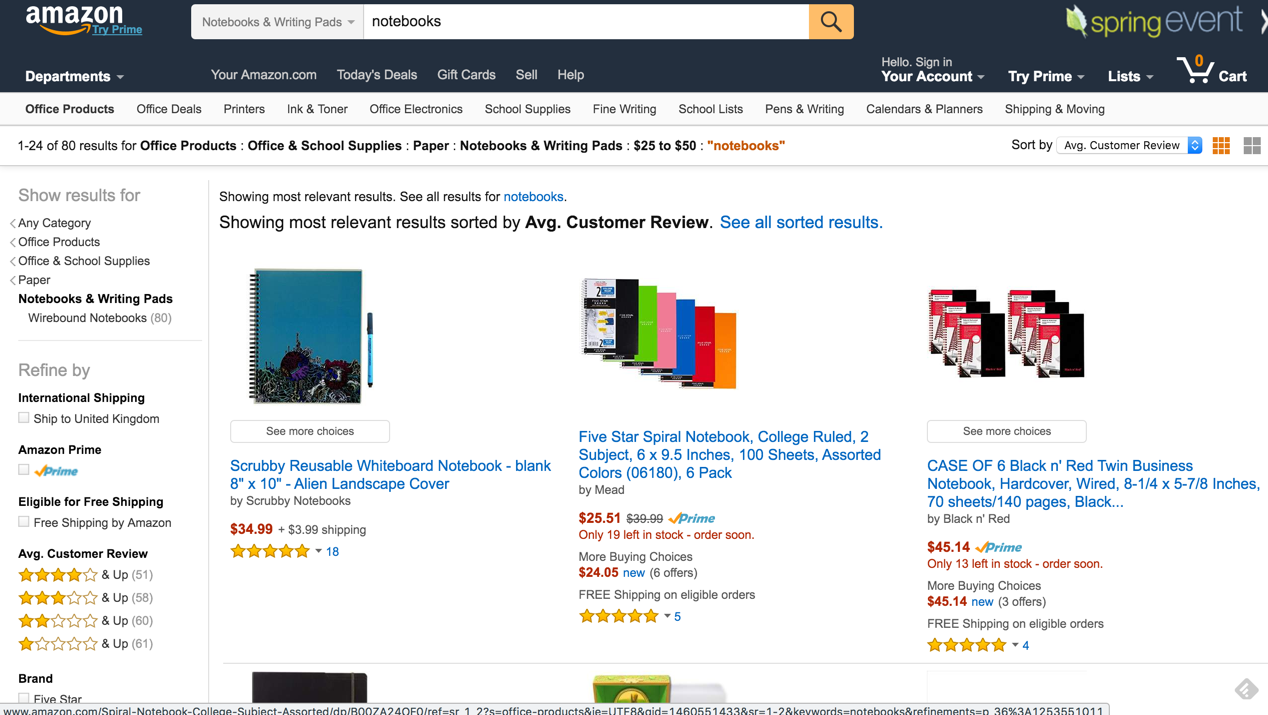
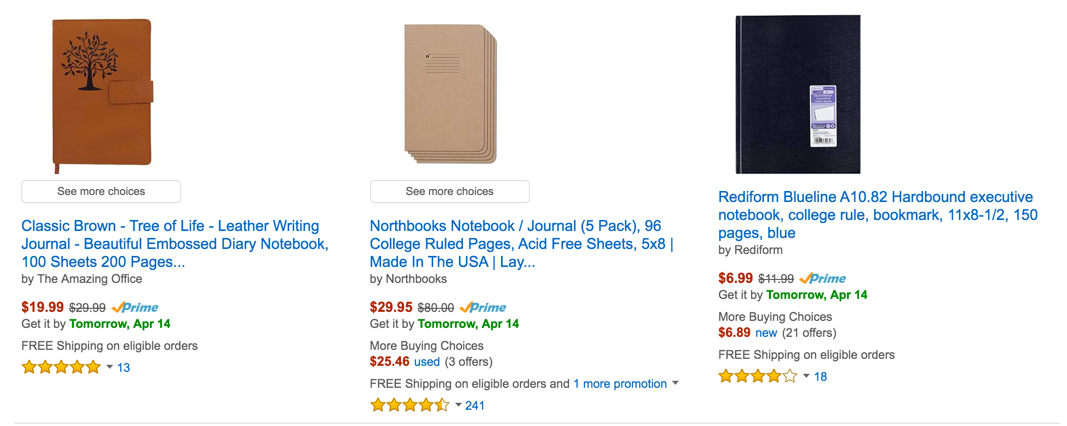
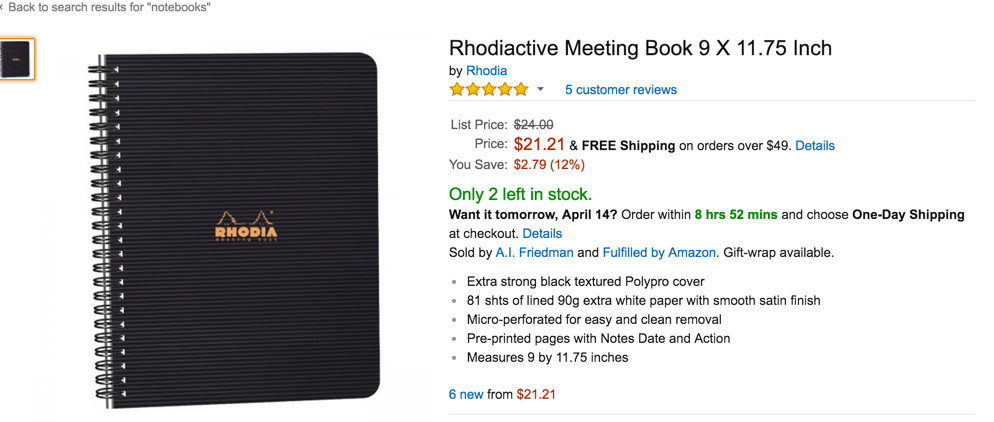
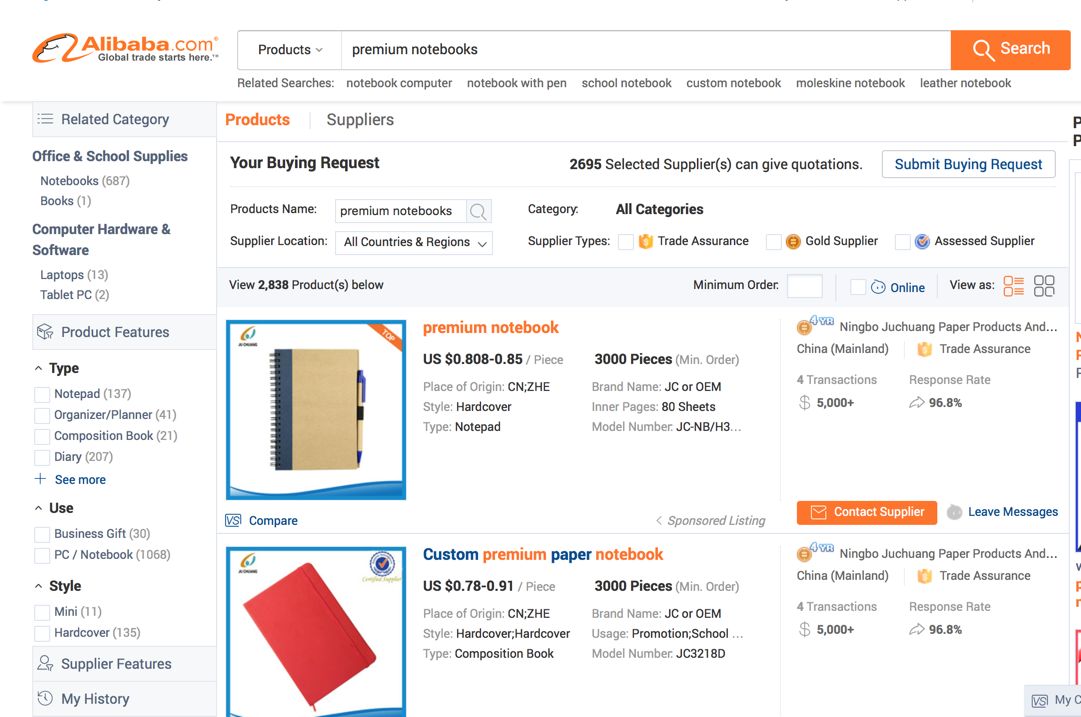
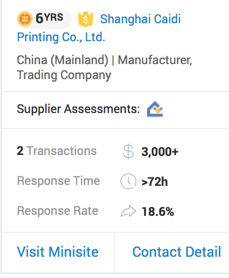



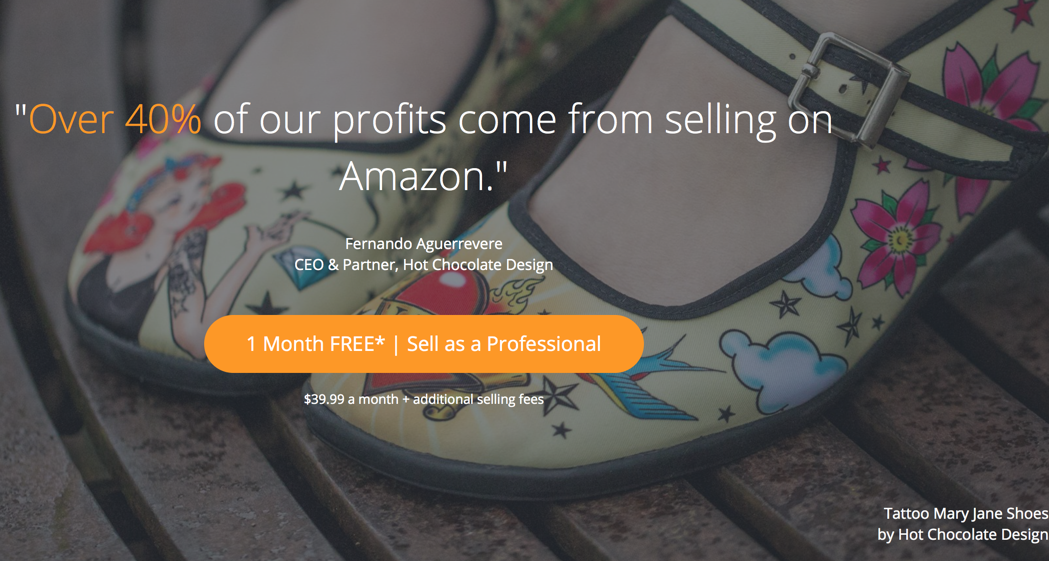
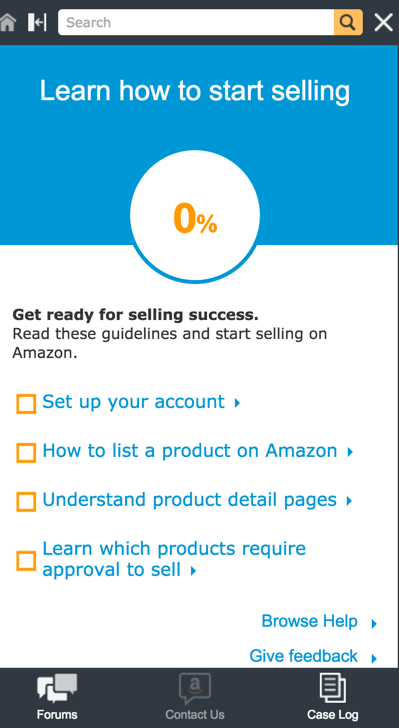
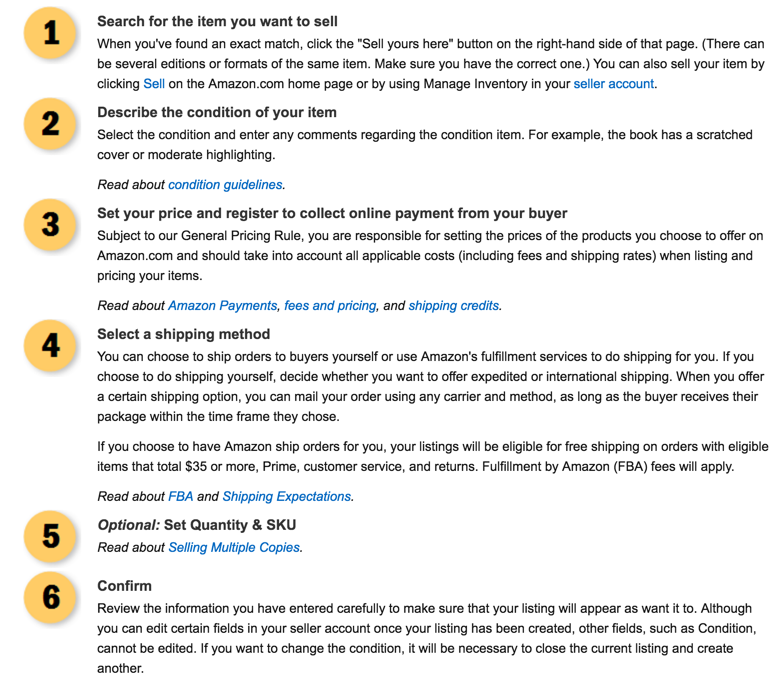


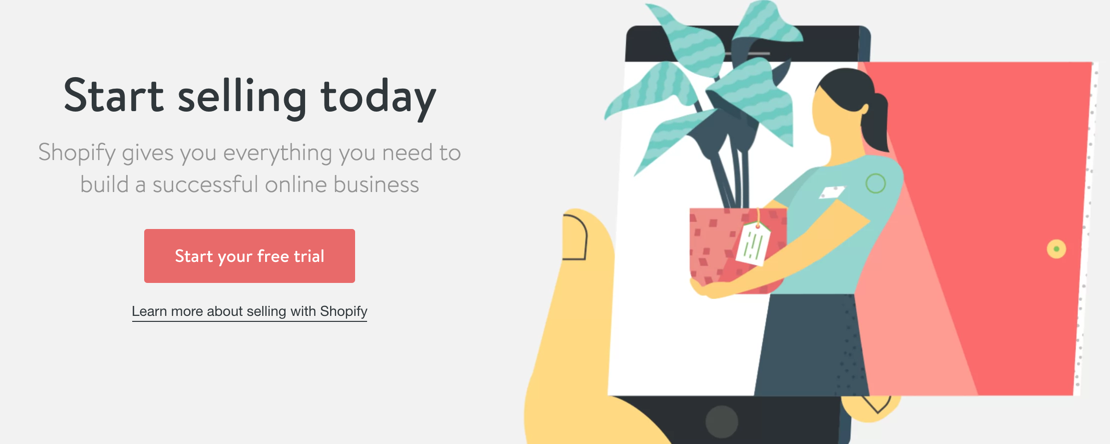
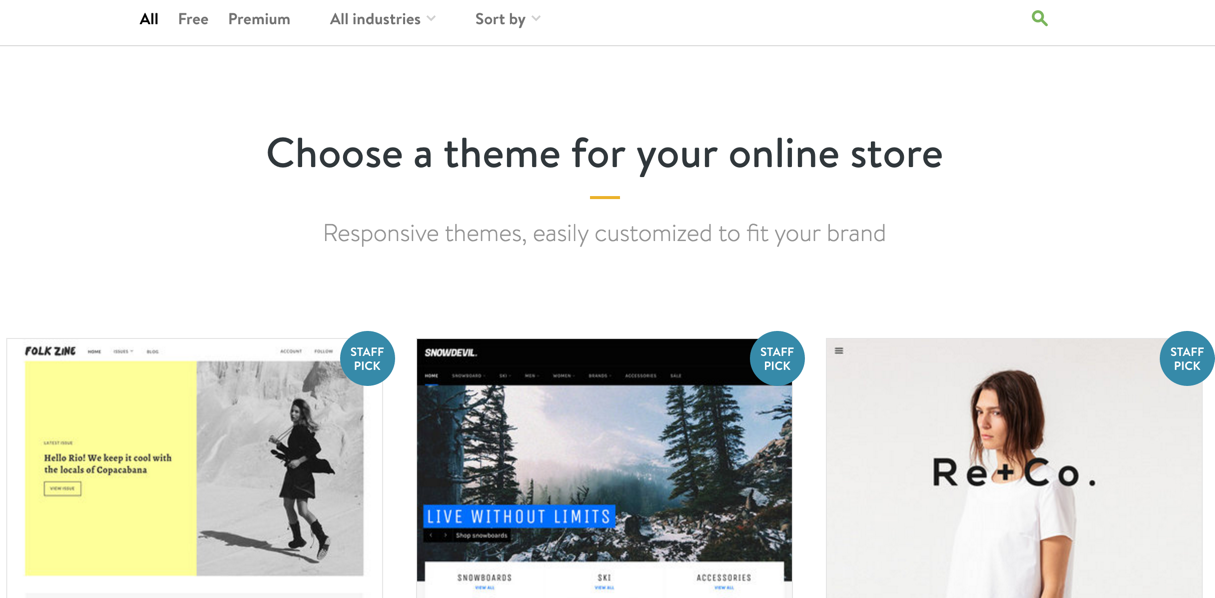

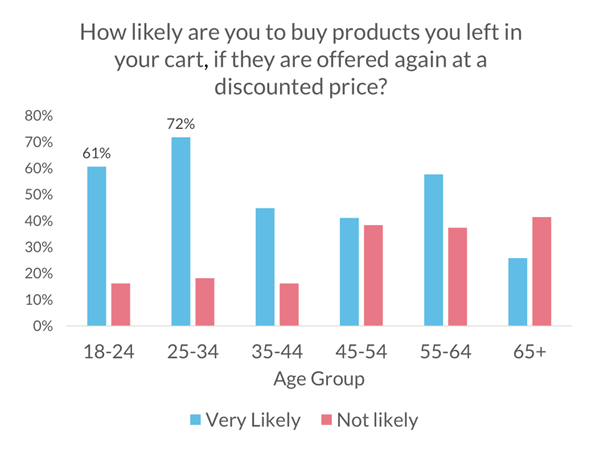
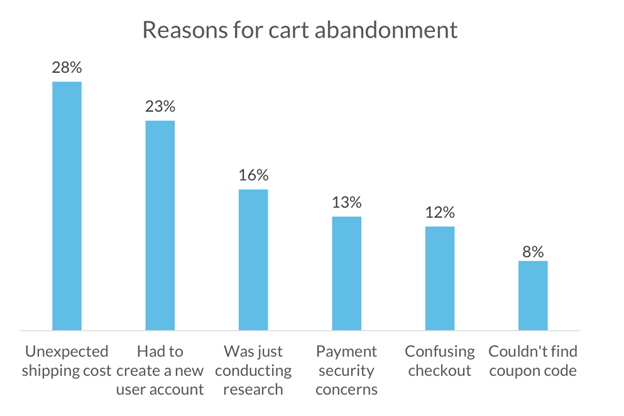
Comments (80)